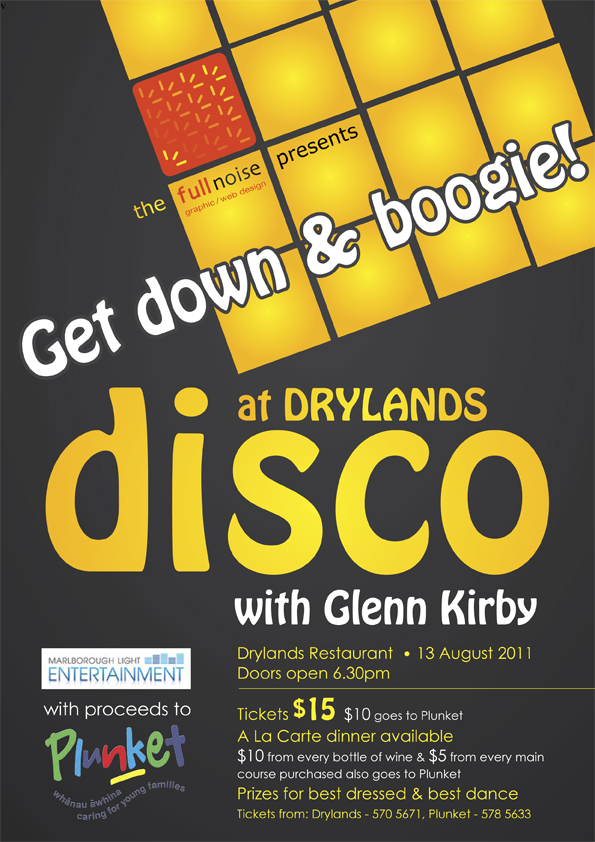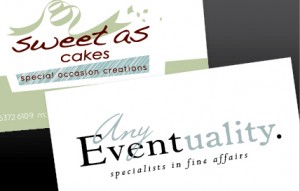Karen recently designed this poster to promote a Charity Disco here in Blenheim, to benefit our Local Plunket (Facebook).
As Parents ourselves, we are huge fans of the advice and support Plunket provides to Parents. Particularly in the early, ‘wholly crap we have a baby, now what’ days.
With that said, we’re proud to present what will be a hilarious night of fun and dancing at Drylands Restaurant with DJ Glenn Kirby of Marlborough Light Entertainment.


 Today I felt like a little online magazine research.
Today I felt like a little online magazine research.

